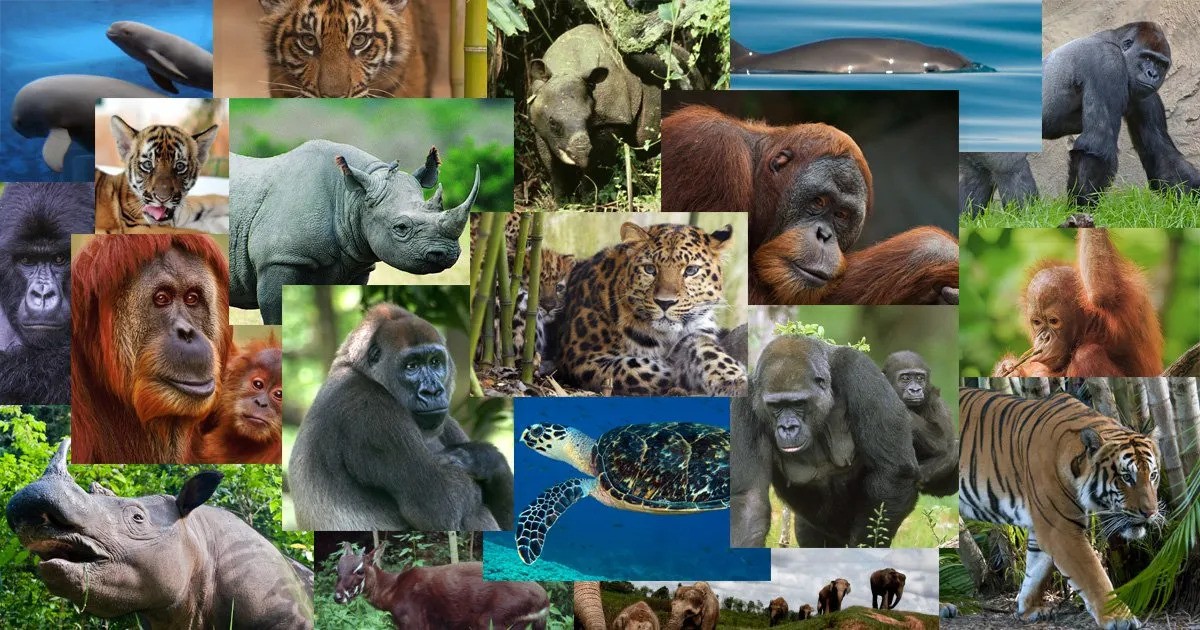In the grand theater of life, animals have continually amazed us with their remarkable abilities to adapt to diverse environments. From the icy realms of the Arctic to the scorching deserts of Africa, every corner of our planet harbors creatures that have evolved in extraordinary ways to survive and thrive. The marvels of animal adaptation showcase nature’s ingenuity at its finest, demonstrating the power of evolution to sculpt organisms perfectly suited to their surroundings vögel.
Adaptation to Environmental Extremes: One of the most awe-inspiring aspects of animal adaptation is their ability to thrive in environments that seem utterly inhospitable to humans. Consider the Arctic fox, a master of survival in the icy tundra. With its thick fur coat, superb hunting skills, and ability to withstand frigid temperatures, the Arctic fox is perfectly adapted to its freezing habitat. Its fur changes color with the seasons, blending seamlessly into the snowy landscape during winter and molting into a brownish-gray hue in the summer, providing excellent camouflage against predators.
On the other end of the spectrum, we find creatures like the camel, perfectly suited to endure the blistering heat and scarcity of water in the desert. The camel’s hump stores fat, not water as commonly believed, providing a crucial energy reserve during long treks across arid landscapes. Its specialized nostrils conserve moisture from exhaled air, and its thick fur protects it from the sun’s intense rays. These adaptations enable camels to thrive where few other animals can, showcasing nature’s ability to engineer solutions to extreme challenges.
Mimicry and Camouflage: Another fascinating aspect of animal adaptation is mimicry and camouflage, where organisms evolve to resemble other objects or organisms in their environment. This strategy serves as both a defense mechanism and a means of predation.
Consider the incredible mimicry skills of the orchid mantis, which disguises itself as a flower petal to attract unsuspecting prey. With its vibrant pink coloration and delicate, petal-like limbs, the orchid mantis lures insects seeking nectar, only to capture them with lightning-fast strikes of its forelegs. This remarkable example of mimicry illustrates how animals can exploit their environment to gain an advantage in the perpetual struggle for survival.
Similarly, countless species have evolved camouflage tactics to evade predators or ambush prey. From the leaf-tailed gecko, whose body resembles a dead leaf, to the walking stick insect, which mimics the appearance of twigs, these creatures demonstrate the remarkable adaptability of life on Earth. Through subtle changes in coloration, body shape, and behavior, animals have evolved to blend seamlessly into their surroundings, effectively disappearing from sight to avoid detection.
Adaptations for Feeding and Reproduction: Animal adaptation extends beyond survival strategies to encompass specialized mechanisms for feeding and reproduction. From the intricate feeding structures of birds to the elaborate courtship rituals of insects, every aspect of an organism’s biology reflects its evolutionary history and ecological niche.
Consider the woodpecker, whose long, barbed tongue enables it to extract insects from deep within tree bark. This adaptation allows woodpeckers to exploit a niche that would be inaccessible to most other birds, demonstrating the remarkable diversity of feeding strategies in the animal kingdom.
Similarly, the elaborate mating displays of birds-of-paradise showcase nature’s creativity in the realm of reproduction. With their dazzling plumage, intricate dances, and mesmerizing vocalizations, male birds-of-paradise compete for the attention of females in a spectacle of color and sound. These extravagant displays not only attract mates but also serve as a testament to the power of sexual selection in driving the evolution of elaborate traits.

